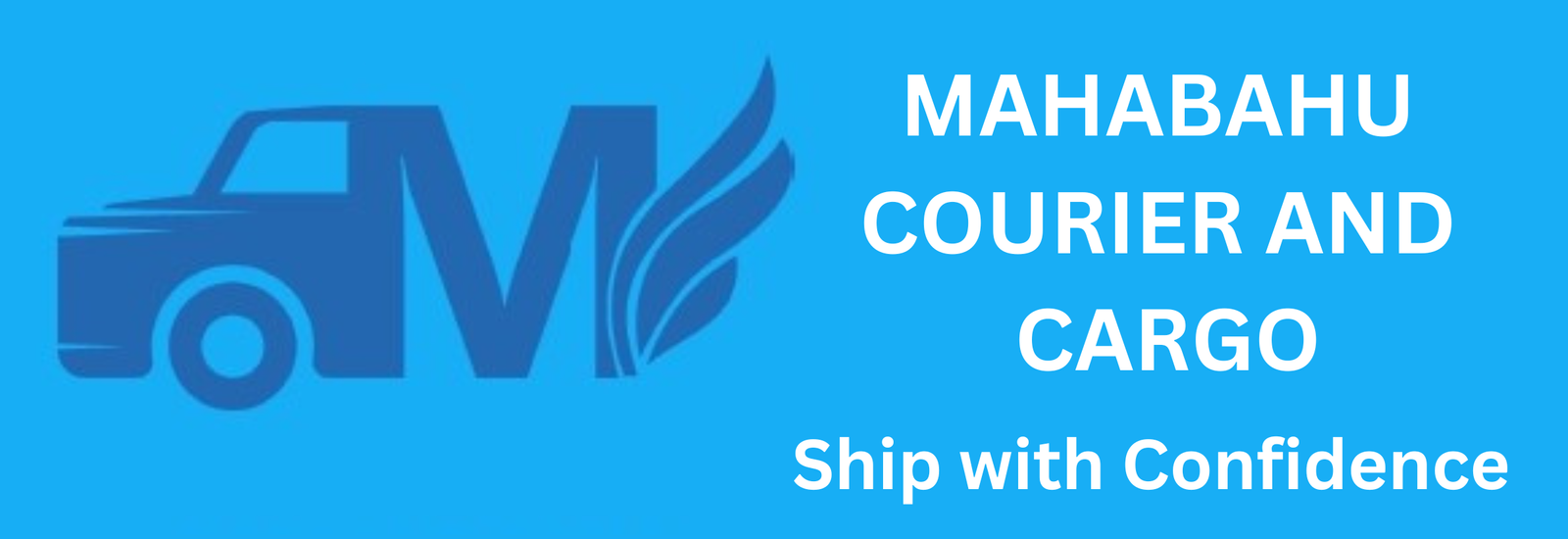In today’s fast-paced logistics landscape, businesses are constantly seeking ways to optimize their supply chain operations. One often-overlooked yet crucial aspect of supply chain management is warehouse pickup and drop services. In this article, we’ll delve into the world of warehouse pickup and drop services, exploring the benefits, types, and best practices for implementing these services in your business.
What are Warehouse Pickup and Drop Services?
Warehouse pickup and drop services refer to the process of collecting goods from a supplier or warehouse and transporting them to a designated location, such as a distribution center, retail store, or customer’s premises. This service is often provided by third-party logistics (3PL) companies or freight forwarders.
Benefits of Warehouse Pickup and Drop Services
Implementing warehouse pickup and drop services can bring numerous benefits to your business, including:
- Increased Efficiency: By outsourcing warehouse pickup and drop services, businesses can free up resources and focus on core activities.
- Reduced Costs: Warehouse pickup and drop services can help reduce transportation costs, as 3PL providers often have access to a network of carriers and can negotiate better rates.
- Improved Accuracy: 3PL providers specialize in warehouse pickup and drop services, reducing the risk of errors and damages.
- Enhanced Customer Satisfaction: By ensuring timely and accurate delivery, businesses can improve customer satisfaction and loyalty.
- Scalability: Warehouse pickup and drop services can be easily scaled up or down to meet changing business needs.
Types of Warehouse Pickup and Drop Services
There are several types of warehouse pickup and drop services, including:
- Less-than-Truckload (LTL) Pickup and Delivery: This service involves collecting smaller shipments from multiple suppliers and consolidating them into a single truckload.
- Full-Truckload (FTL) Pickup and Delivery: This service involves collecting a full truckload of goods from a supplier and transporting it directly to the destination.
- Intermodal Pickup and Delivery: This service involves using multiple modes of transportation, such as truck, rail, and sea, to transport goods.
- Dedicated Pickup and Delivery: This service involves assigning a dedicated vehicle and driver to a specific customer or supplier.
Best Practices for Implementing Warehouse Pickup and Drop Services
To ensure successful implementation of warehouse pickup and drop services, businesses should consider the following best practices:
- Clearly Define Service Requirements: Clearly communicate your service requirements to the 3PL provider, including pickup and delivery times, cargo handling, and special instructions.
- Conduct Thorough Research: Research and evaluate potential 3PL providers, considering factors such as reputation, experience, and pricing.
- Establish Key Performance Indicators (KPIs): Establish KPIs to measure the performance of the 3PL provider, including on-time delivery rates, damage rates, and customer satisfaction.
- Maintain Open Communication: Maintain open communication with the 3PL provider, ensuring that any issues or concerns are addressed promptly.
Conclusion
Warehouse pickup and drop services are a crucial aspect of supply chain management, offering numerous benefits to businesses. By understanding the types of services available and implementing best practices, businesses can optimize their supply chain operations, reduce costs, and improve customer satisfaction. Whether you’re a small business or a large enterprise, warehouse pickup and drop services can help you streamline your supply chain and stay ahead of the competition.

